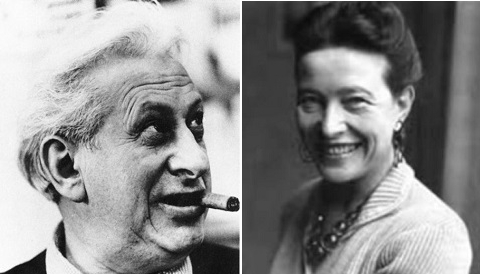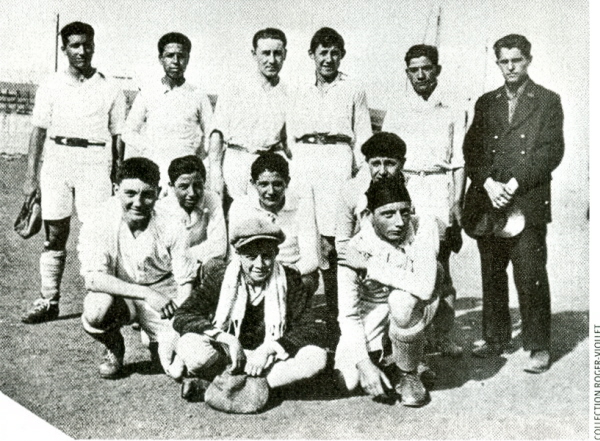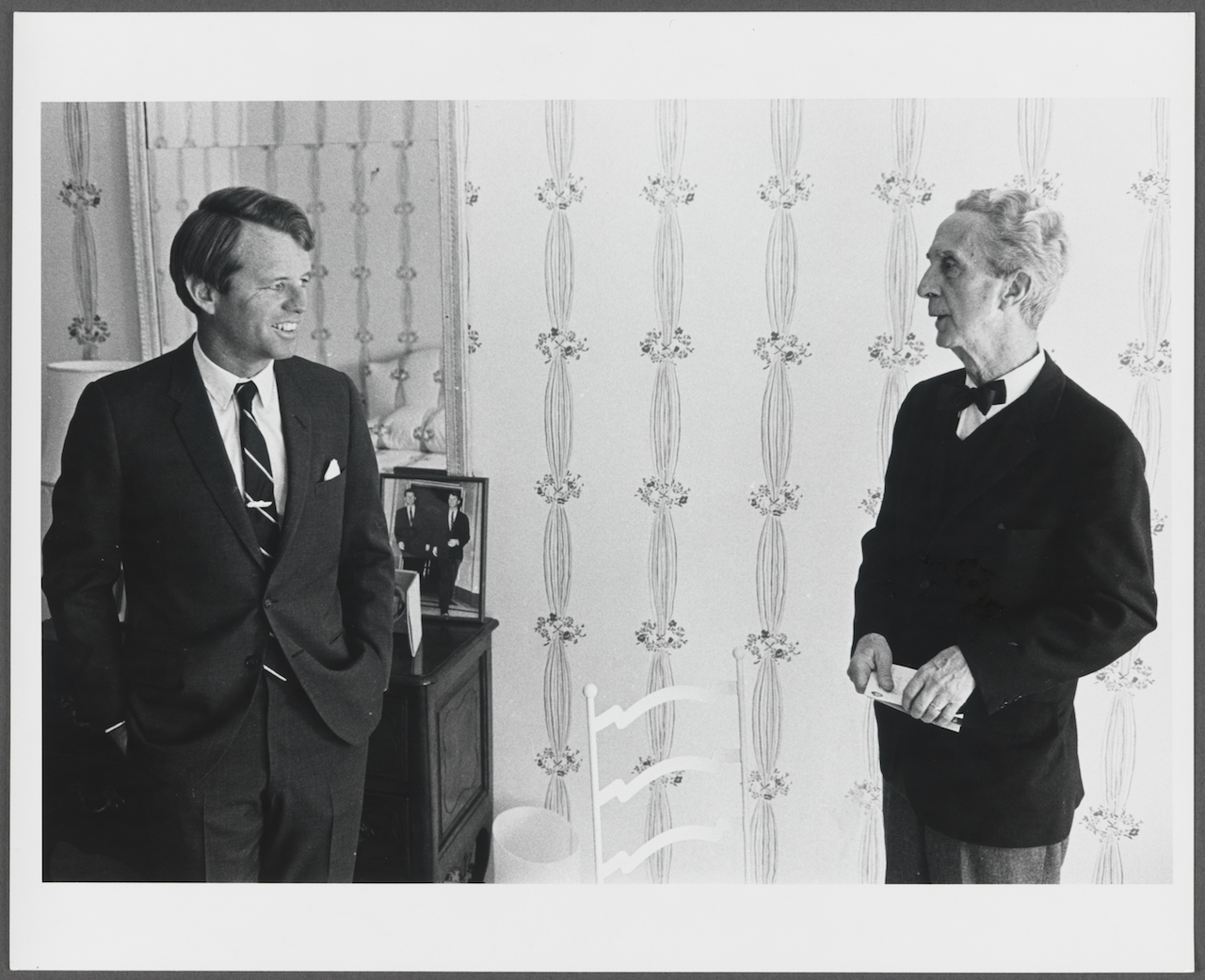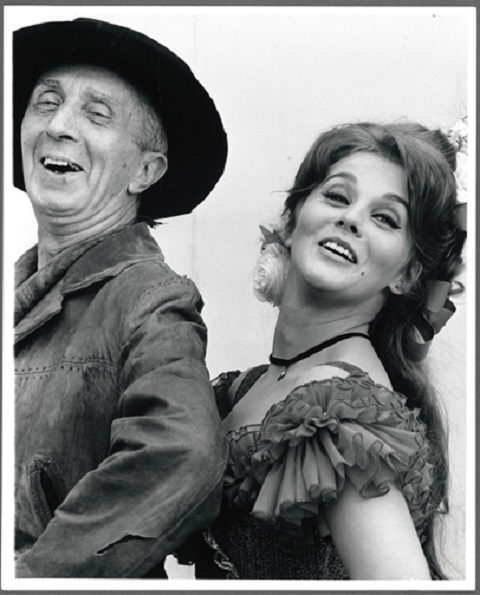The Endless River, Pink Floyd’s unexpected new album, dropped Friday, and unless we credit sly hints dropped by drummer Nick Mason, it’s likely the last we’ll ever hear from them. But one should always clarify, when speaking of the band, exactly which Pink Floyd is under discussion. Is it Pink Floyd 1.0, with madcap singer/guitarist Syd Barrett at the helm? Pink Floyd 2.0—the most enduring combo—featuring Mason, Barrett replacement David Gilmour, bassist Roger Waters, and keyboardist Richard Wright? At another time, Wright was out of the picture, then back in. After 1985, Waters, the band’s primary lyricist, and arguably most visionary member, was gone for good. They would never again make music as soaring and ambitious—if also bombastic—as they did with his overbearing presence.
The title of the last album Waters recorded with the band, 1983’s The Final Cut, presciently announces itself as a coda for Floyd 2.0 (or 2.5? Whatever…). It also alludes to the band’s cinematic reach: whether scoring films, writing them, or making records with the scope and breadth of epic movies. Floyd and film have always formed an organic partnership. Before the quick fix of Youtube, they made feature-length music videos that seemed to emerge fully formed from narrative and concept-rich records. The Final Cut, the album, initially intended to be part of 1982’s rock opera The Wall, took on a life of its own when Waters re-conceived it as a protest against the Falklands War and Margaret Thatcher, as well as a eulogy and vindication for his serviceman father who died in World War II. The Final Cut, the film (above—not to be confused with a 2004 sci-fi flick of the same name), is a nineteen-minute piece that dramatizes four songs from the album: “The Gunner’s Dream,” “The Final Cut,” “Not Now John,” and “The Fletcher Memorial Home.”
The album itself brought the band to an impasse—pushing Waters’ increasingly personal focus to such an extent that, writes Allmusic, it “purposefully alienates all but the most dedicated listener.” That may be so, but if one is willing to indulge it, it’s a very rewarding listen, “more like a novel than a record.” And it makes a fascinating contrast to The Endless River, “a suite of mostly instrumental moods and fragments” reminiscent of the band’s film scores. Taken together, these two documents showcase the enduring strengths of Pink Floyd proper—they were a band who excelled both at telling complex stories and creating deeply felt moods that are, like the title of The Endless River’s closing track, “Louder than Words.”
Related Content:
Watch the Rare Reunions of Pink Floyd: Concerts from 2005, 2010 & 2011
Watch Documentaries on the Making of Pink Floyd’s Dark Side of the Moon and Wish You Were Here
Pink Floyd Plays With Their Brand New Singer & Guitarist David Gilmour on French TV (1968)
Josh Jones is a writer and musician based in Durham, NC. Follow him at @jdmagness






